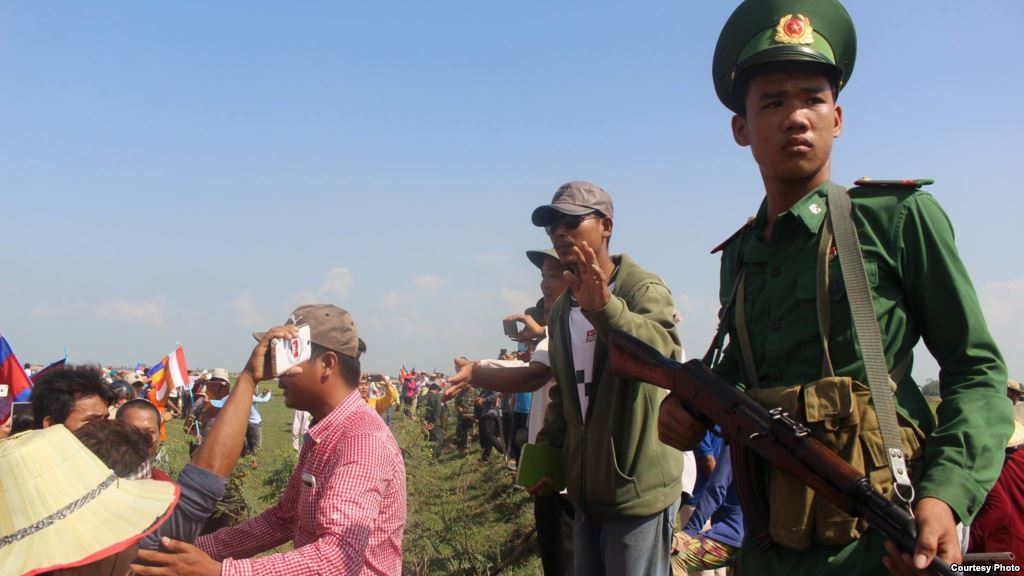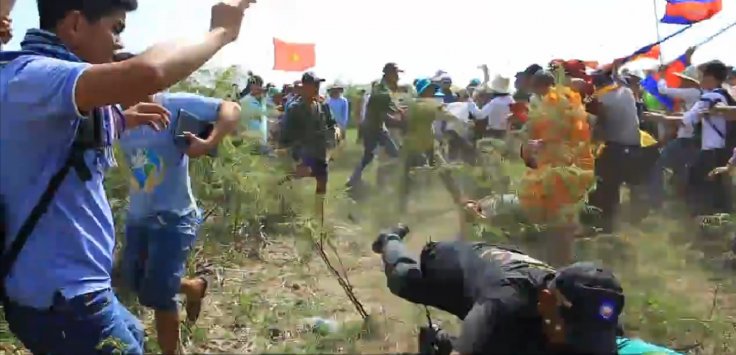I am going to stay in Hanoi, Vietnam for a month starting from today to the end of August. The main purpose of living in Hanoi is that making a team to speed up the development of AGRIBUDDY, which is reaching the best part of completing and launching all of the facilities. Although I sound like I am so energetic for this development, I am kind of useless here right now since I can’t even write a code. So, the thing I am doing here is just being careful and quiet not to bother the engineers who are really focusing on their job.
Well, today’s blog is about there are many interesting facts going on at developing countries in Asia, where many users of AGRIBUDDY are living. A various data of the agriculture of each of these countries tell us that there are many facts we should think about.
First of all, let’s take a look at the start-ups of the field of agriculture in the U.S, which are recently booming. The number of the famers (we can say ‘people who does the agriculture business’) in the U.S is approximately one million. Massive plow lands in the U.S, which are 168MM hectares in total and cover 10% of the plow land of the world, are owned by only one million farmers. This means that 153 hectares (Little bit bigger than Augusta National Golf Club) of the plow land is owned by one farmer and it makes approximately $1600 sales per 1 hectares (10,000㎡ or 2.47ac).
Let’s talk about Cambodia, the country I am currently living in. The number of people who do any kind of agricultural businesses in Cambodia is 3.8 million, which is about four times as big as the U.S. On the other hand, the total size of the plow land is 4.2MM hectares, which is about 1/40 of the plow land of the U.S. The yearly seals of 1-hectar-plow land in Cambodia is approximately $1200 and one farmer owns 1.1 ha on average. So, on a simple level, the annual sales (not annual income) is about $1320 and this number proves how poor the farmers in Cambodia are.
The reason why the productive value per 1 hectare of both the U.S and Cambodia are such a low is that both of them grow the low-value-added products, which are commodity products, such as corns, wheats, and rice. However, the farmers of the U.S are succeeded to gain some profits by producing huge amount of crops by implementing a model of “the large-scale production with a small group people”. In Cambodia (actually in any developing countries), they also grow the low-value-added products as the U.S does, but they do their agriculture business with a labor-intensive-method. Therefore, it makes sense that the farmers in Cambodia never be able to be rich no matter how hard they work.
Let’s talk about my country, Japan. Japan, which has many agricultural problems in many ways, has surprisingly $11,000 seals per 1 hectare and it seems like Japan is very good at the agriculture like an A-student in a school. However, by looking at it from another angle, we can see some problems, which we knew there would be.
The chart above is showing a comparison between the agriculture in Israel, which is known as one of the agricultural developed countries and the one in Japan. First of all, please take a look at the number of production value per one farmer. Compare to the number of Japan, which is about $30,000, the one of Israel is $120,000, which is four times bigger than the amount of Japan. Furthermore, the value per 1 hectare is $10,000 (Japan) and $20,000 (Israel), which means the difference between them is close to the double. Furthermore again, let’s take a look at the size of the plow land owned by one farmer. One farmer in Israel has 2.5 times bigger plow land than the plow land owned by one Japanese farmer. Let me explain this fact in short;
“The agriculture in Japan never pursues the thorough productivity. Since each of plow land is owned by Japanese workers with high labor cost, the productive value of the agriculture is not even close to the average income of Japanese workers of other business fields.”
In short, the first problem is that the number of the farmers is too big for the size of the plow land in Japan. I think it works better if we reduce the number of the farmers to 1/3 of the present number. The next problem is that the productive value per size is very small. Even the country, which is located in the middle of desert and spend 60% of the national budget as the defense expenditure, can make some profits by implementing its agriculture effectively. The fact, which is that the farmers in Japan make only half of the profit of that country, brings the result, which is “there are so many, actually more than necessary unmotivated farmers staying in the agriculture business in Japan.
I am pretty sure if these unmotivated farmers leave their land to the motivated farmers and start another jobs, these problems will be resolved immediately. However, on the other hand, I know there are some reasons we can’t even reveal are protecting the Japanese farmers. Well, even though we analyze the issues of the agriculture in Japan, there is little thing we can do to change these facts. On the other hand, regarding developing countries, there is a lot we can do. Since the labor fee of the developing countries is pretty low at first, if the farmers can grow some high-value-added-products, their life will be several times as good as the present life. The focus AGRIBUDDY is aiming at exists in these facts.
Well, I am sorry, I didn’t mean to write such a long blog. Anyway, let me say hello to everyone in Hanoi and I would appreciate if all of you could accept and take care of me starting from today.



